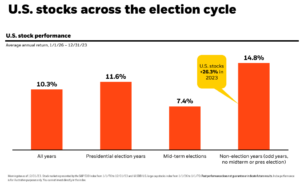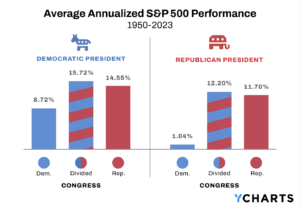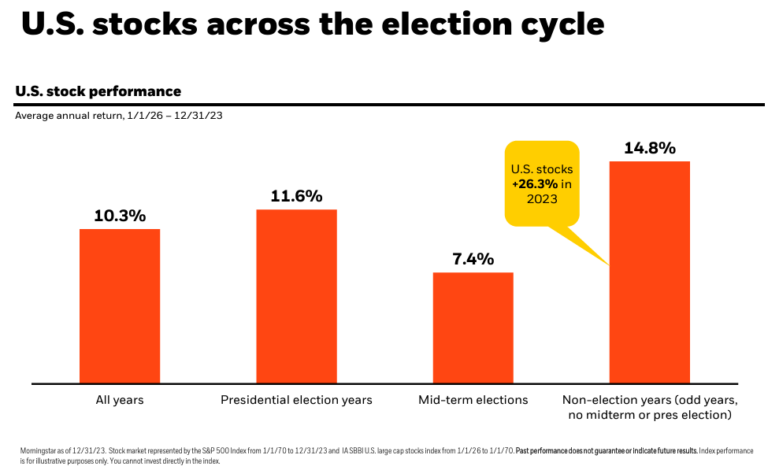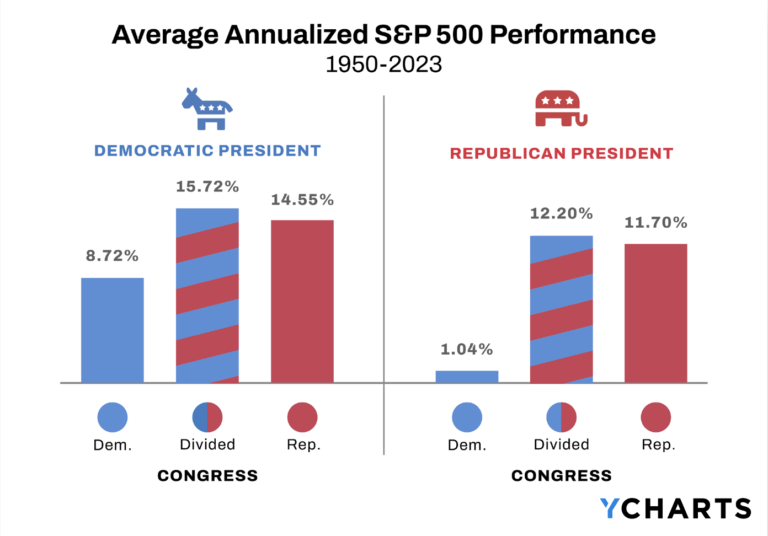Rebalancing your portfolio is an important part of managing your money. Rebalancing means buying and selling positions in your portfolio to get back to your original asset allocation. When one asset class significantly outperforms another, your portfolio drifts from its starting investment mix. This is important because unless you periodically rebalance, you may be taking on more risk than you expect.
When should you rebalance your portfolio?
There’s no one way to rebalance your portfolio and the timing can vary. One way is to schedule a periodic review of your account, perhaps twice a year. Another option is to set maximum thresholds for drift. If an asset class in your portfolio exceeds the target by more than your acceptable threshold, then you may consider a rebalance.
For example, if you have a 5% threshold for drift and a target allocation of 65% equity, your investment plan may suggest rebalancing when stocks represent more than 70% of your entire portfolio or less than 60%.
As of November 29th, 2021, the S&P 500 is up around 25% for the year (including dividends). Since 2019, stocks are up 97%! If you haven’t rebalanced your accounts, it’s very likely you are overweight equity.
The impact of portfolio drift
Assume at the beginning of 2020 an investor had a 50/50 portfolio split between the S&P 500 and the Bloomberg Barclays U.S. Aggregate Bonds. By November 29th 2021, their equity allocation would have a total return of 48.6% versus 5.8% for fixed income¹. As a result, the 50/50 mix has now become roughly 58% and 42% mix of stocks to bonds. That’s an 8% drift.
If the investor didn’t rebalance, and there was a -10% correction in the stock market (assume bonds maintain the same 5.8% return), the account would be down almost -3.4% from its previous peak.
But had the investor rebalanced to the original 50/50 asset allocation, their investments would be down -2.1%. By rebalancing, the individual reduced their losses by almost 39%!
Tips for rebalancing your accounts
- Taxes. If you only have retirement accounts, there aren’t any tax implications. But if you have a taxable brokerage account, you’ll need to weigh the tax impact when recalibrating your portfolio. Are there any losses to harvest? Do you have long or short-term capital gains? Managing money at the portfolio level (vs each account) may help mitigate tax in some situations. Trading in December can be tricky due to taxable distributions of capital gains and dividends, so it’s advisable to look up the record date. Pro tip: don’t be too tax averse; you may regret not taking profits if the market rebalances for you.
- Don’t over-optimize. Markets move…it’s what they do. You don’t want to be rebalancing every day. First, trading on your accounts may incur costs. Consider whether ticket charges or brokerage commissions apply. Second, it can be difficult to rebalance during market volatility so carefully consider your approach so you’re not turning over your portfolio too rapidly.
- Look deep into asset classes. For simplification, this article focused on the split between stocks and bonds. But in practice, you’ll want to ensure your entire portfolio is in balance. That may include funds that focus on emerging markets, high yield bonds, small cap stocks, or technology. In another words, even if the top line mix of stocks and bonds is aligned, the allocation within those broad asset classes may be significantly out of whack.
- Make sure you’re rebalancing to the right asset allocation. If you’re not confident about your asset mix to begin with, rebalancing isn’t going to solve anything. Consider working with a fiduciary financial advisor before turning over your portfolio.
Rebalancing may seem counterintuitive. After all, the basic premise is selling outperforming funds and buying assets that didn’t do as well. But it’s important to remember the role of each in your portfolio. Bonds, for example, can provide stability and income. They’re not supposed to outperform equities with any regularity.
This article was written by Darrow Advisor Kristin McKenna, CFP® and originally published by Forbes.
Disclosures and footnotes
¹ Indexes are unmanaged and an individual cannot invest directly in an index. Returns do not include trading costs, fees, fund expenses, or other costs that may apply when investing. Past performance is not indicative of future results. Assumes all dividends and income is reinvested. Assumes there are no other cash flows in or out.
This is a general communication for educational purposes only. It shouldn’t be misinterpreted as personalized advice or a recommendation for any specific investment product, strategy, or financial decision. This material does not contain sufficient information to support an investment decision and it should not be relied upon in evaluating the merits of investing in any securities or products. If you have questions about your personal financial situation, consider speaking with a financial advisor.










